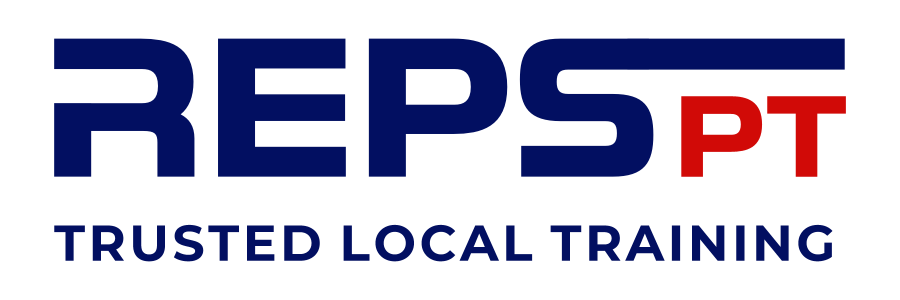The Dumbbell Tricep Kickback is a highly effective exercise for isolating and strengthening the triceps muscles, particularly the long head of the triceps. This exercise is simple to perform, requiring only a set of dumbbells, but it can produce significant gains in muscle definition and overall arm strength when done correctly. The tricep kickback can be performed in a variety of positions, but it is typically executed with one arm at a time, allowing for better focus and control.
Benefits of the Dumbbell Tricep Kickback:
-
Targeted Tricep Activation: The dumbbell tricep kickback specifically isolates the triceps, particularly the long head of the muscle. It effectively engages all three heads of the triceps (long, lateral, and medial), helping to increase both strength and muscle definition in the upper arm.
-
Increased Arm Strength: Regularly performing this exercise helps improve tricep strength, which is important for overall arm function and performance in various pushing exercises, such as push-ups, bench presses, and overhead presses. Strong triceps also contribute to better elbow stability.
-
Improved Muscle Definition: The tricep kickback is an excellent exercise for building muscle definition in the upper arms. As it isolates the triceps, it helps to sculpt and tone the muscles, leading to more defined arms over time.
-
Enhanced Joint Stability: The exercise helps to strengthen the triceps while also engaging stabiliser muscles around the shoulder and elbow joints. This can help improve joint stability, reduce the risk of injury, and support functional strength for other upper-body movements.
-
Versatility and Convenience: The dumbbell tricep kickback is a versatile exercise that can be done with minimal equipment. You can perform it at home or in the gym with just a pair of dumbbells. It also allows for easy modification in terms of weight and reps, making it suitable for all levels of fitness.
-
Improved Posture: The movement engages the upper back and core muscles to maintain stability and good form. Over time, strengthening these stabiliser muscles can contribute to better posture, especially when performed with a focus on engaging the upper back muscles.
Form of the Dumbbell Tricep Kickback:
-
Set Up:
-
Begin by selecting an appropriate dumbbell weight. It is important to start with a manageable weight to ensure good form and avoid injury.
-
Stand with your feet hip-width apart, or you can use a bench to support one knee and one hand (this is called the "supported" version). Hold the dumbbell in one hand with a neutral grip (palm facing your torso).
-
If you're using a bench, place your opposite knee on the bench and support your torso with your hand to maintain balance.
-
-
Starting Position:
-
With a slight bend in your knees, hinge forward at the hips, keeping your back straight and core engaged.
-
Hold the dumbbell with your elbow bent at about a 90-degree angle, and keep your upper arm close to your body. Your wrist should be in a neutral position, not overextended or flexed.
-
Your elbow should be positioned at your side, and the dumbbell should be hanging vertically.
-
-
Execution:
-
To begin the movement, extend your arm straight behind you, keeping your upper arm stationary. Focus on pushing the dumbbell back by engaging the triceps, making sure not to move your upper arm too much.
-
Keep your elbow locked in place as your forearm extends fully. At the peak of the movement, your arm should be fully extended behind you, and you should feel a strong contraction in the triceps.
-
Maintain a controlled motion, both as you extend the arm and as you return to the starting position.
-
-
Return to Start:
-
Slowly lower the dumbbell back to the starting position, resisting the pull of the weight to maintain tension on the triceps. Your elbow should remain close to your side throughout the movement.
-
Avoid letting your elbow flare out or using momentum to complete the movement.
-
-
Breathing:
-
Exhale as you extend your arm and squeeze your triceps at the top of the movement. Inhale as you return to the starting position.
-
Tips for Proper Form:
-
Control the Movement: Focus on controlled movements and avoid swinging the dumbbell. Quick or jerky motions can reduce the effectiveness of the exercise and potentially lead to injury.
-
Elbow Position: Keep your elbow close to your body throughout the exercise. Allowing it to drift away can place unnecessary stress on the shoulder joint and reduce the activation of the triceps.
-
Mind-Muscle Connection: Concentrate on feeling the triceps contract as you extend your arm. This mind-muscle connection will help ensure that the exercise is effective and that the right muscles are being activated.
-
Core Engagement: Keep your core tight throughout the movement to prevent strain on your lower back and to maintain a stable posture. This also helps in maintaining balance and control, especially when performing the exercise standing.
-
Weight Selection: Choose a weight that allows you to complete the movement with good form. If the weight is too heavy, it may cause you to sacrifice proper technique, and if it's too light, you may not achieve sufficient muscle activation.
The Dumbbell Tricep Kickback is a simple yet highly effective exercise for isolating and strengthening the triceps. When performed with proper form, it can help enhance muscle definition, improve arm strength, and increase shoulder and elbow stability. Whether you're training for strength or aesthetics, this exercise is a valuable addition to any upper-body workout routine.

